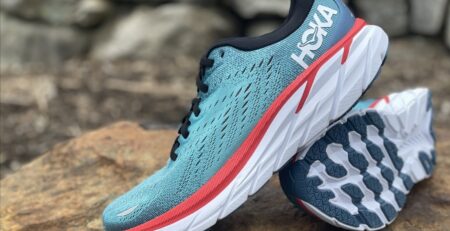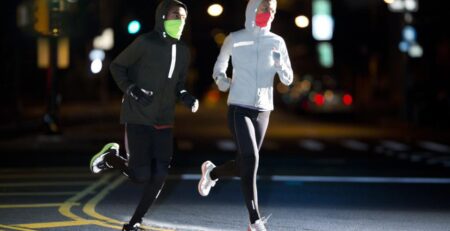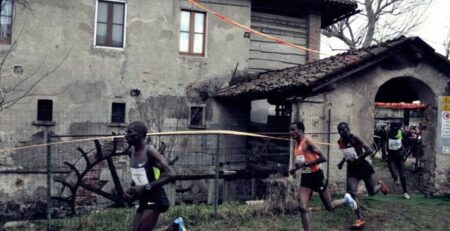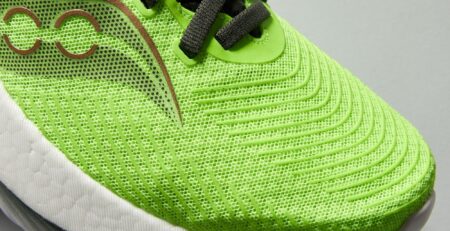In thearticle published on 30 June, we talked about overpronation.
Now we will deal with another type of support, the opposite of pronation, supination.
TO REFRESH YOUR MEMORY
Supination and pronation are natural movements of the foot that are assumed when we walk or run; in some cases, however, these movements can be unconsciously more pronounced and thus lead to imbalances.
Overpronation (excessive pronation) of the foot leads to constant inward rotation of the foot after impact on the ground in a phase that should, instead, be pushing.
Hypersupination (excessive supination) of the foot, on the other hand, leads to insufficient rotation of the foot after impact on the ground. It occurs when the foot does not supinate and, on contact with the ground, rotates too far outwards.
WHAT IS SUPINATION OF THE FOOT?
Supination is the opposite of pronation and therefore refers to the outward rotation of the foot during normal movement. The foot supinates during the take-off phase.
In this phase the weight of the body shifts to the forefoot and the calf and toe muscles contract to allow forward movement, the plantar arch rises and the foot begins to rotate up and out, in a movement known as supination.
When, however, this movement becomes excessive, the foot, leaning too much on the external part, is unable to recreate the perfect rotation that it needs in the thrust phase: this is why we speak of insufficient rotation.
POSSIBLE CONSEQUENCES
People who supinate excessively are more likely to suffer ankle twisting and injuries. This is because it is easier for the ankles to rotate outwards while running or walking.
In addition, supination may cause pain and soreness in the shin and discomfort in the heels, inflammation of the Achilles tendon and stress in the knees and back.
HOW TO TELL IF YOU ARE SUPERSUPINATING?
Check the soles of your shoes: knowing how to read the soles of old shoes can help us understand a lot about our type of stance. Those who tend to wear out the tread along the front outer lateral edges will tend to have a type of stance characterised by excessive supination.
Consult a podiatrist : this is the foot specialist. The person with the most knowledge and expertise regarding the normal biomechanics of the lower extremities and the disorders or problems that cause abnormal gait (when walking or running). His or her role is to examine the feet, including the plantar arches and ankles, by means of a computerised gait analysis, to better define your type of footing.
Do a gait analysis in a specialised running shop: some specialised shops give the option of doing a gait analysis to direct the purchase of the most correct shoe.
The mechanism is very simple: just run on a treadmill while your feet are filmed by a camera, allowing the operator to precisely analyse the impact of both feet on the ground. From this analysis, it is possible to work out what the characteristics of your feet are and from there to choose the most suitable shoes.
At MioMio Run you will find just that: a state-of-the-art shop, run by trained staff who know how to advise their customers conscientiously.
WHICH SHOES ARE SUITABLE FOR SUPINATORS?
Let’s reveal the truth right away: there are no real supination shoes.
For supinators, the best shoe is undoubtedly a neutral, well-cushioned shoe to cushion the impact on the ground. Also, it is better if it is wrap-around, to limit weight shifting outwards, and with good foot containment in general. Those with a non-excessive arch height are certainly preferable.
A FEW EXAMPLES
On miomiorun.com you can find some models particularly suitable for supination support:
for example, Brooks Glycerin 19, Saucony Triumph 19, Hoka Elevon 2 and Karhu Synchron Ortix.
Or you can go directly to the shop in Conegliano (TV) or Pordenone to try out in person the most suitable model for your supination!


















